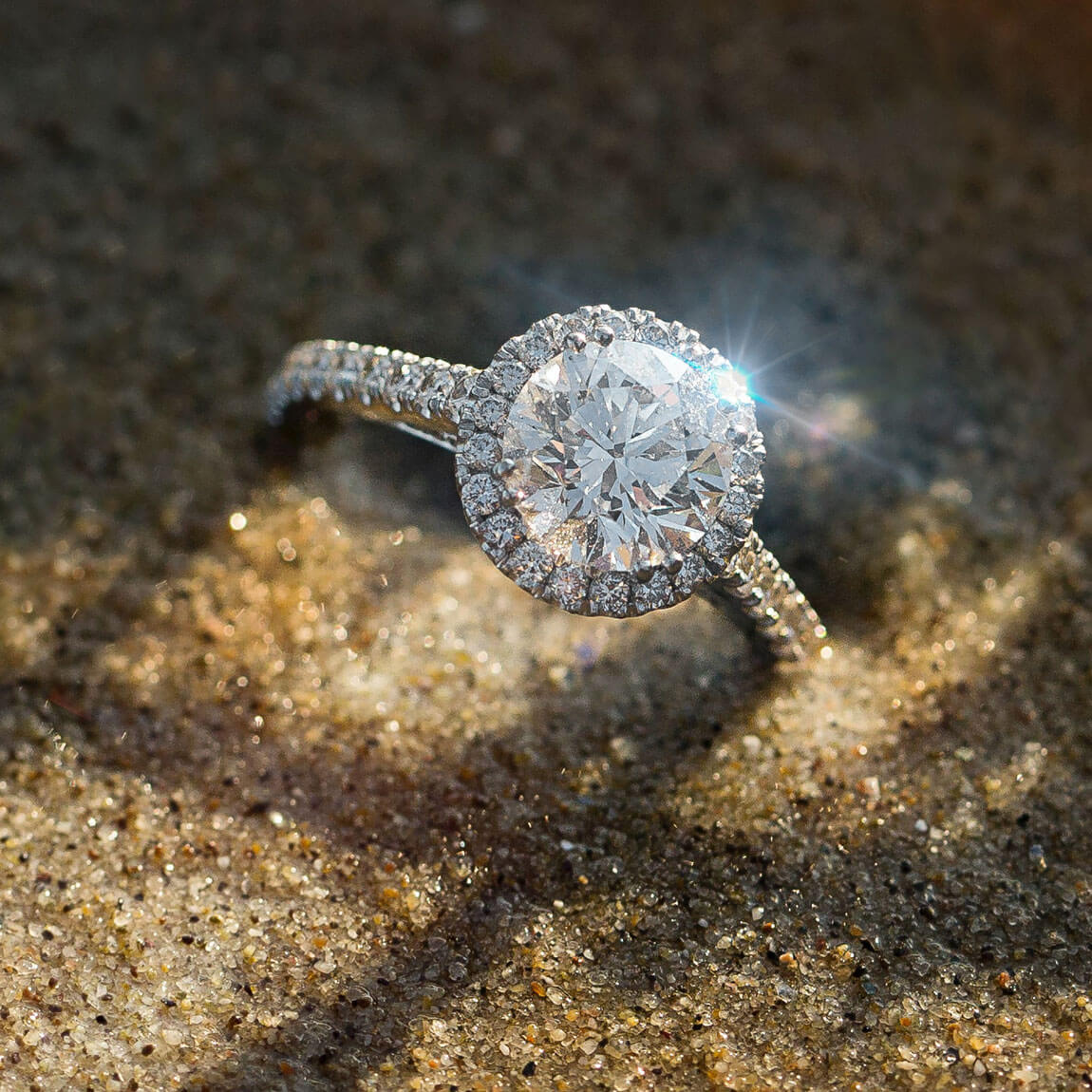Blog
Our top women’s luxury watch brands and models
A women’s watch is both a fashion statement and an essential accessory that complements your s...
Our Top-Rated Casio G-SHOCK Watches for Men
G-SHOCK transformed the watch industry with its groundbreaking toughness concept back in 1981. Proje...
Watch buying guide: the best brands per price range
Buying a watch is a deeply personal decision and one you will carry with you for years. Whether you...
Dive Watches: the ultimate guide on brands and unique features
From Loch Long to Scapa Flow, deep dive watches have a long history with Scotland. At Wallace Allan,...
Engagement ring stones: a comprehensive guide on their meaning and symbols
Choosing the perfect engagement ring is a journey that goes beyond the physical attributes of the ri...
How much should you spend on an engagement ring?
Feeling overwhelmed with all the engagement ring choices and their price tags? Rest assured, decidin...
Grand Seiko Movements: A Complete Guide
Three unique movements lie at the heart of Grand Seiko: the Caliber 9F Quartz, Caliber 9S Mechanical...
Birthstone Jewellery for Every Month
Stylish birthstone jewellery is more in demand than ever. People choose to wear their birthstones fo...
Leather or metal watch band: which one should you choose?
When it comes to picking your next wristwatch, you will be inundated with different brands, features...
How To Tell If Mikimoto Pearls Are Authentic
In 1893 Japan, Kokichi Mikimoto successfully created the world’s first cultured pearls. His cultur...




















